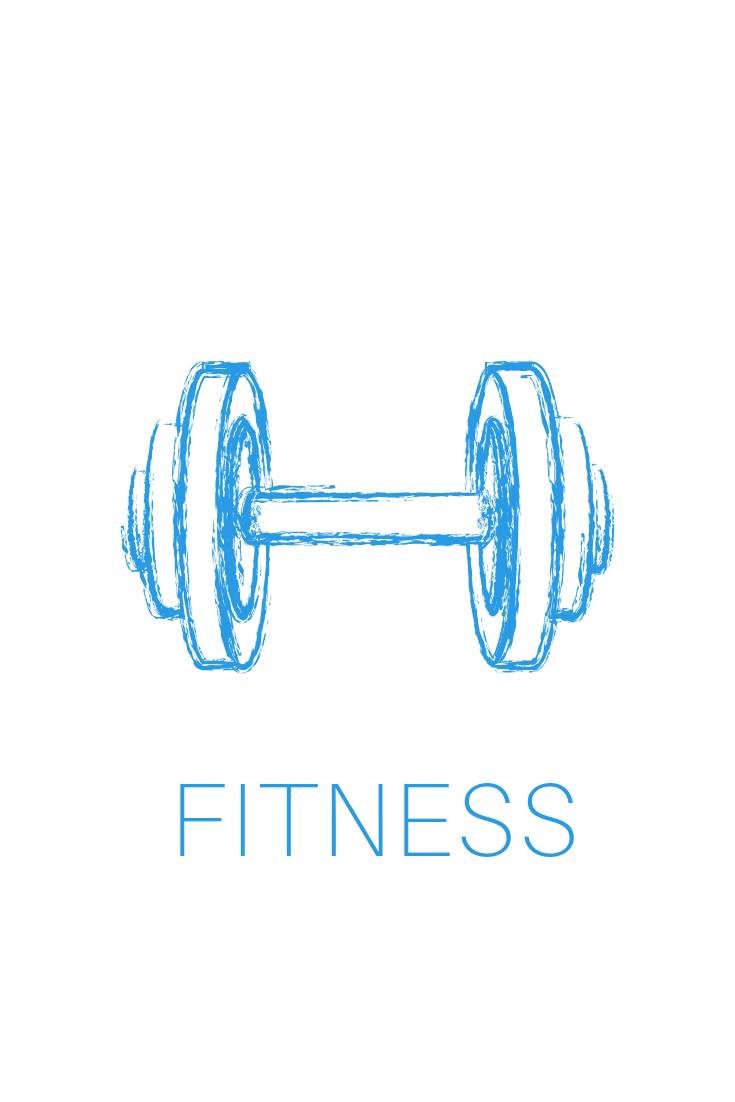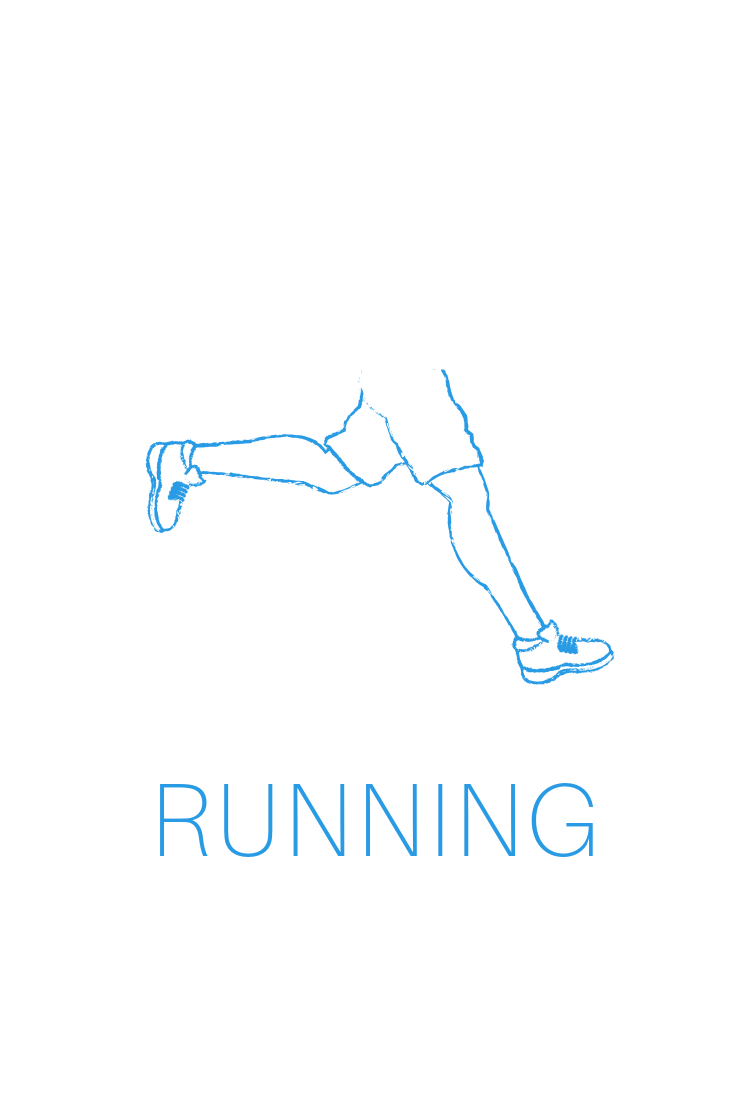My Favourite Exercise Equipment
With bootcamps back up and running and gyms on the verge of reopening, many people are excited about getting back to their equipment-based workouts.
This had me thinking about what pieces of equipment I have used the most over the past few weeks. These 4 pieces of exercise equipment cover all your fitness needs including weight loss, developing stability, injury prevention, increasing strength, improving fitness and overall health.
Resistance Bands
Resistance bands are like big rubber bands, with the ability to stretch and lengthen when pulled. The purpose of a resistance band is, as the name would suggest, to add resistance to an exercise. As you perform a certain movement, the band creates increased tension in your muscles causing them to contract. The more you stretch the band, the more intense the resistance gets, and the harder the exercise becomes. There are a whole range of resistance bands available: therapy bands, resistance tubes, loop bands, figure 8 bands. There is a range of colour coded resistance levels: working through from the lightest to heaviest – yellow, red, green, blue, black (although there is some variation in the colour levels).
Benefits:
Resistance bands are suitable for everybody of any strength, age or ability level. The user is able to maintain control of their level of resistance much more so than when using weights. With a band and an anchor point, you are able to train almost every muscle group in the body. The resistance band is light and portable - small loop bands can even be carried in your pocket. Bands are extremely affordable, with basic loop bands available for under $10. Resistance bands are not only great for strengthening, but also offer some fantastic stretching exercises.
TRX
The TRX (also known as Total Body Resistance Exercises) was developed by a former Navy Seal as a way to keep himself and his fellow SEALS in top shape no matter where they were in the world. The TRX consists of two adjustable nylon straps with handles and foot cradles attached to each strap. Once you attach the straps to an anchor point, e.g. a door or a tree, you can perform a whole range of exercises using gravity and your body weight as the resistance.
Benefits:
Much like resistance bands, the TRX allows you to increase or decrease the difficulty by simply adjusting the position of the body. For example, a beginner TRX push up is performed with the body in an upright position. By walking the legs further back and bringing the body closer to the ground, you have created a much harder version of the push-up. There is a huge range of exercises that can be performed on the TRX, and the instability of the straps provides great strengthening of the core. As with resistance bands, the TRX is light and portable, and with a door or a tree branch as an anchor, the TRX can be used almost anywhere.
At around $200, the original TRX is more expensive than other training systems – there are a range of cheaper versions out there, just make sure the handles are comfortable and the anchor point is solid.
Fitball
Also known as an exercise ball, gym ball or swiss ball, the fitball is a large, rubber ball used in training programs to develop strength and stability. The instability of the ball’s surface creates the need to engage more muscles without increasing total load. The fitball can be incorporated into both a bodyweight program or weights program. The size of the fitball is dependent on your height, with an average 65cm fitball suitable for people around 165cm – 185cm tall.
Benefits:
The instability of the fitball engages multiple muscle groups resulting in a more effective training session. Performing a weighted chest press on a fitball is much more challenging than a chest press on a stable bench. The majority of fitball exercises force the abdominal and back muscles to switch on in order to control the movement. Fitball exercises improve balance and coordination as the instability forces the mind to focus during the entire movement. The fitball is used extensively for injury rehabilitation due to the ability to both control the intensity of the exercise while also challenging joint stability. Although inflated fitballs do not fit in your bag, they are lightweight and cheap – an at home fitball can be purchased for less than $10.
Kettlebell
The kettlebell is a cast iron or steel ball with a handle attached at the top (kind of like a cannon ball with a handle, or a teapot without a spout – hence the name). Unlike a dumbbell, a kettlebell’s weight is not evenly distributed and the centre of mass extends beyond the hand. This creates the need to counterbalance and stabilise your body during kettlebell exercises, improving core strength, balance and coordination. Kettlebells can be swung, thrown, pressed, held, moved and manipulated in hundreds of ways. They come in a range of weights, from as light as 4kg to more than 32kg. 8kg – 12kg is a good starting point for most people.
Benefits:
Many people are nervous about using kettlebells. Yet when performed with correct technique, the kettlebell is an incredibly efficient training tool providing the perfect combination of cardio and weights training in one session. Almost all kettlebell exercises are compound movements, engaging multiple muscle groups and burning body fat. The compact nature of the kettle bell allows for a whole range of movements to be performed with just the one piece of equipment (although it is a little heavy to pack in your luggage if you are travelling). They range in price from around $20 to more than $100. Kettlebell workouts are some of the most fun and versatile sessions you can do with just one piece of equipment.
“When it comes to health and well-being, regular exercise is about as close to a magic potion as you can get.”
by Angie Black
Hey! I’m Angie. I’m passionate about fitting exercise into your life, for the rest of your life.
BLOG CATERGORIES:







